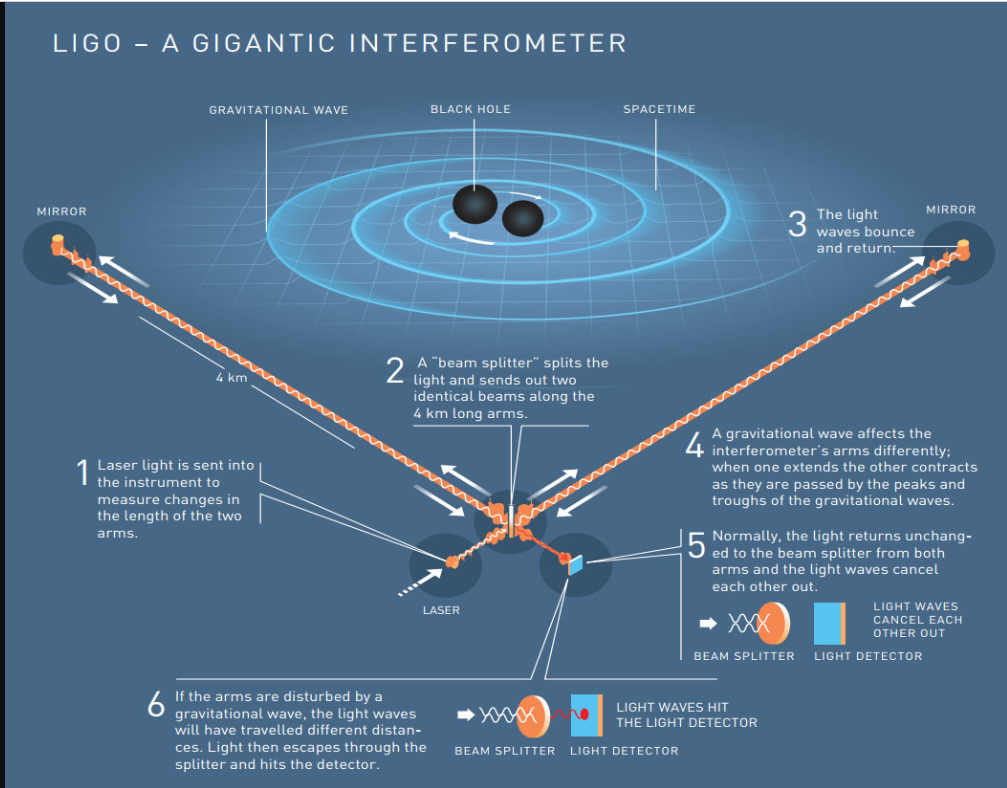7667766266
enquiry@shankarias.in
The Union Cabinet has cleared Rs 2,600-crore project to construct and set up a Laser Interferometer Gravitational Wave Observatory- India (LIGO-India), which is likely to be completed by 2030.

Other detectors
Quick facts
Einstein’s General theory of relativity
References